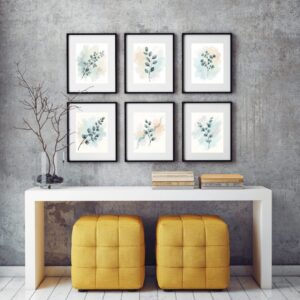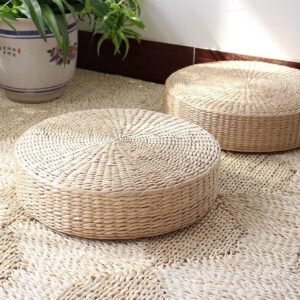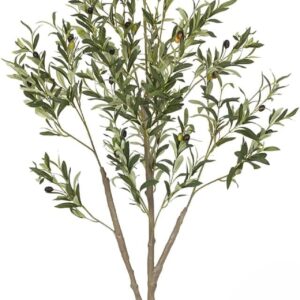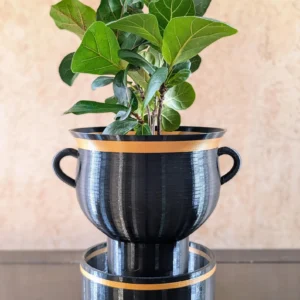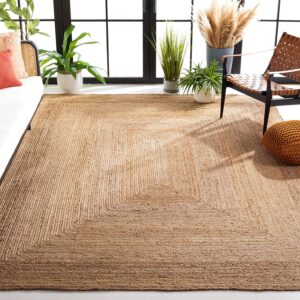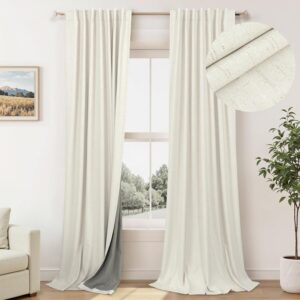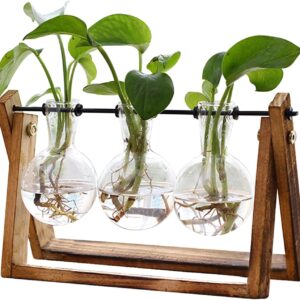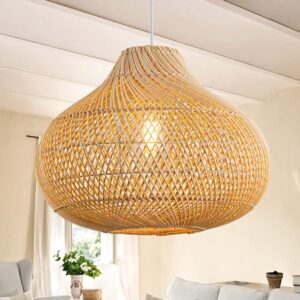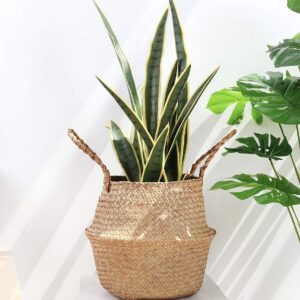Embrace the Outdoors: How to Create a Biophilic Guest Space
By Jessica | Superhost Coach / August 30, 2025 / No Comments / Style Your Space
In a world of concrete and screens, Biophilic design reconnects us to nature through plants, natural light, and organic textures. Think of greenery, earthy tones, sunlight, and natural materials that instantly create a sense of calm and renewal. For hosts, biophilic spaces can feel fresh, restorative, and Instagram-worthy, but they can also tip into “greenhouse overload” if not balanced well. Here’s how to make it work for your Airbnb, VRBO, or HomeExchange guest spaces.
Now that you’ve seen the core components, let’s turn the look into a guest-ready plan you can use this weekend.
Biophilic Design for a Guest Space
Biophilic interiors thrive on a mix of living elements, textures, and natural patterns. The key is layering greenery, maximizing natural light, and incorporating organic materials. Done right, this creates a sanctuary that feels healthy, inviting, and unforgettable.
| Why Biophilic Design Works | When Biophilic Design Goes Wrong |
|---|---|
| ✅ Promotes relaxation and reduces stress | ❌ Feels cluttered with too many plants crammed together |
| ✅ Brings natural light and energy indoors | ❌ Becomes high-maintenance if plants aren’t easy-care |
| ✅ Adds texture and personality through wood, stone, and natural fabrics | ❌ Looks artificial if over-reliant on faux greenery |
| ✅ Guests feel more connected and grounded in the space | ❌ Can overwhelm if there’s no balance with clean lines |
Biophilic, But Make It Guest-Ready
Here’s how to use natural design principles to create a guest space that feels restorative and welcoming:
- Color Palette: Stick to calming greens, soft browns, and earthy neutrals. Accent with warm whites and natural wood tones for balance.
- Textures & Fabrics: Incorporate linen, cotton, rattan, jute, and stone. Use layered fabrics like linen bedding, wool throws, or woven rugs for depth.
- Lighting Matters: Maximize daylight with sheer curtains. Add warm-toned bulbs for evening comfort. If possible, highlight views of nature or a small indoor plant corner.
- Greenery: Choose low-maintenance plants that thrive indoors, such as snake plants, pothos, or ZZ plants. A single statement plant (like a fiddle leaf fig) works better than too many small ones.
- Natural Elements: Add wooden side tables, woven baskets, or stone accents. Avoid over-styling—keep it organic and easy to move through.
- Guest Comfort: Make plants functional too. Herbs in the kitchen, lavender near the bed, or aloe vera in the bathroom create both beauty and utility.
Shop the Look
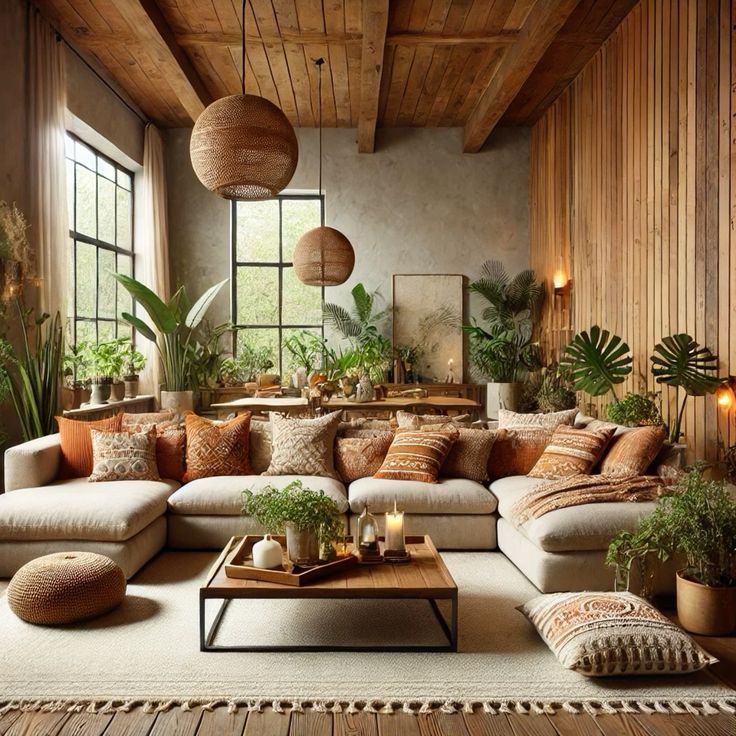
Recommended Products
-
14 Eucalyptus Botanical Prints – Chateaucore Wall Art Set (Digital Download)
$2.00 -
2-Pack Tatami Floor Pillows – Round 19.7” Straw Sitting Cushions
$73.00 -
5ft Faux Olive Tree – Chateaucore-Inspired Greenery for Healing Rooms
-
Grecian Self-Watering Planter – 6″ Black with Gold Accent
$14.95Original price was: $14.95.$11.95Current price is: $11.95. -
Natural Handmade Jute Rug 8×10 – The Durable, Eco-Friendly Foundation for Your Guest Space
$195.00 -
Natural Linen Blackout Curtains – Soft Light-Filtering Panels for Healing Room Serenity
-
Plant Terrarium with Wooden Stand – 3-Bulb Glass Vase Hydroponic Japandi Tabletop Planter
$20.00 -
Rattan Pendant Lights – The Hand-Woven Boho Statement for Your Guest Space
$150.00 -
Woven Seagrass Basket – Decorative Storage for Healing Rooms
Final Thoughts
Biophilic design brings light, life, and a sense of calm into your hosting spaces. The secret is balance: natural textures, plants that actually thrive, and thoughtful use of organic materials. When done right, biophilic design doesn’t just look good—it helps guests feel at ease and more connected. For Airbnb, VRBO, and HomeExchange hosts, it’s a chance to create a memorable stay that guests want to photograph, share, and come back to.

